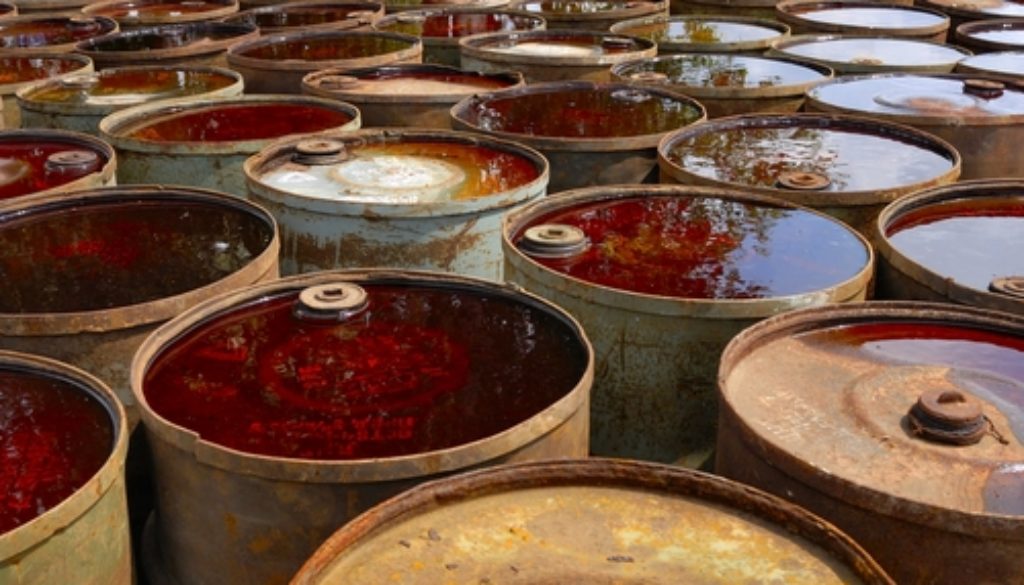EPA Says It Won’t Protect Americans From Chemical Spills
By the Natural Resources Defense Council
In 2014, more than 10,000 gallons of a coal-cleaning chemical leaked into the Elk River in Charleston, West Virginia, leaving more than 300,000 residents without clean tap water for a week—and eventually resulting in a court settlement that ordered the U.S. Environmental Protection Agency to issue standards to prevent such incidents.
But yesterday, under Administrator Scott Pruitt, the agency refused to follow through. “Pruitt’s action will seriously endanger Americans, because he is refusing to protect communities affected by the hundreds of hazardous spills that happen each year,” says Erik Olson, senior director of health and food at NRDC. “Millions of people—disproportionately low-income and people of color—live near industrial sites that pollute streams, lakes, and drinking water sources.”
In 2015, NRDC, the Environmental Justice Health Alliance, and People Concerned About Chemical Safety sued the EPA for its failure to prevent and contain chemical spills from thousands of industrial facilities around the country. Under the court-ordered settlement, the agency agreed to propose spill-prevention rules for hazardous substances on industrial sites by this month, with a final rule to be issued in 2019.
The burden of health risks from hazardous substance exposure is not shared equally: Facilities that manufacture, store, and use such chemicals tend to cluster in low-income neighborhoods and communities of color, according to a recent report.

